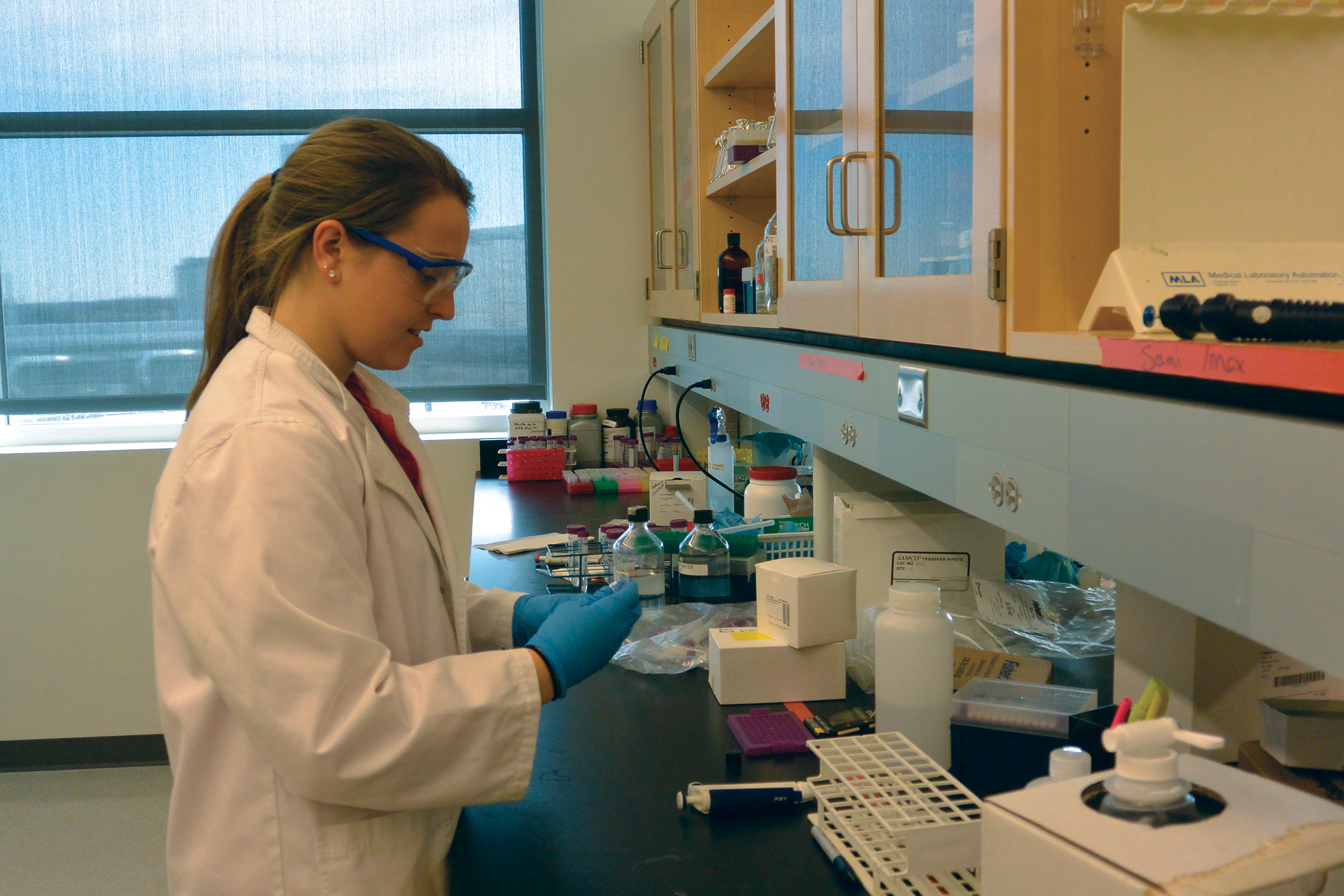Risk assessment is a structured process for determining the risk associated with any type of hazard -biological, chemical, or physical-in a food. It has as its objective a characterization of the nature and likelihood of harm resulting from human exposure to agents in food. The characterization of risk typically contains both qualitative and quantitative information and is associated with a certain degree of scientific uncertainty.
There are four very distinct steps in the risk assessment process. The first step is hazard identification, which involves the collection, organization, and evaluation of all information pertaining to a pathogen or a nutrient. Second is hazard characterization, which determines the relationship between a pathogen and any adverse effects. Third is exposure assessment, which involves determining how much of pathogen might be ingested in a serving of food. The fourth, and last step, is risk characterization, which involves evaluating the risk and related information.
- The World Health Organization

